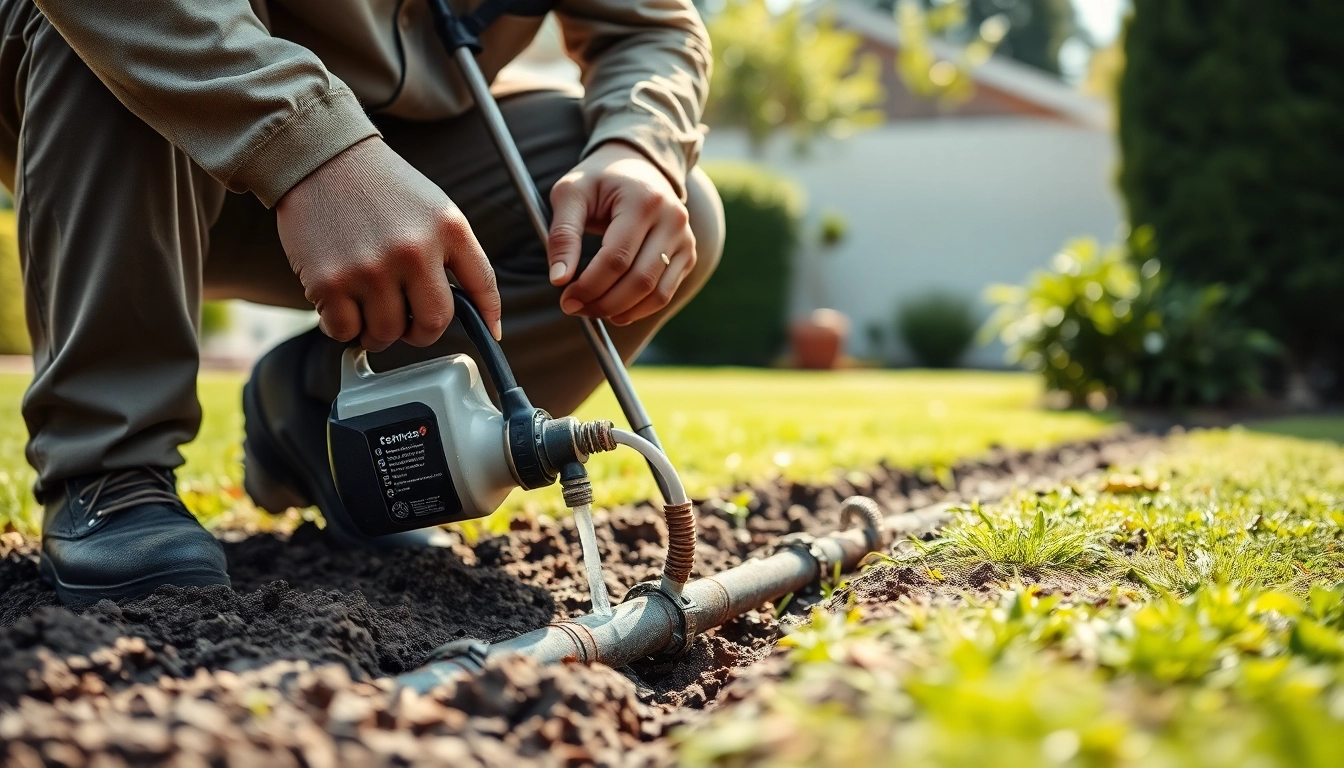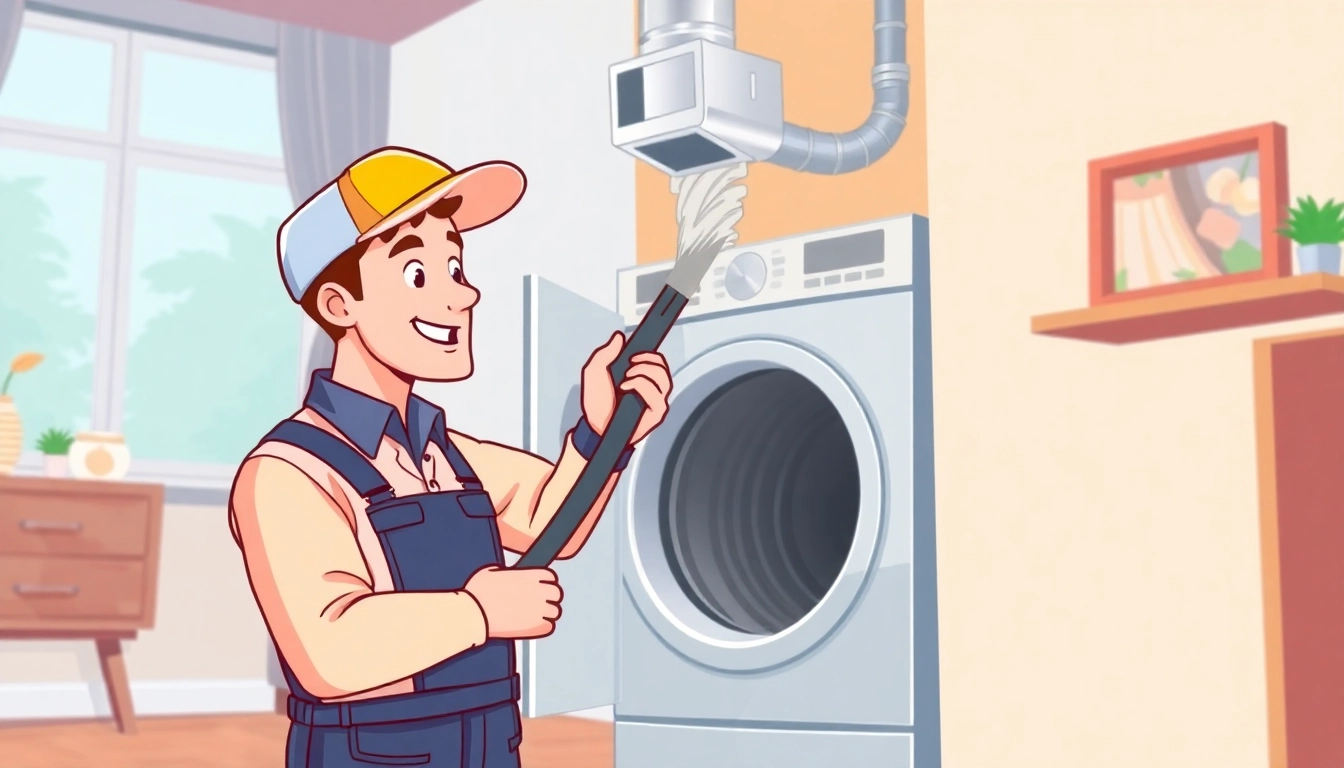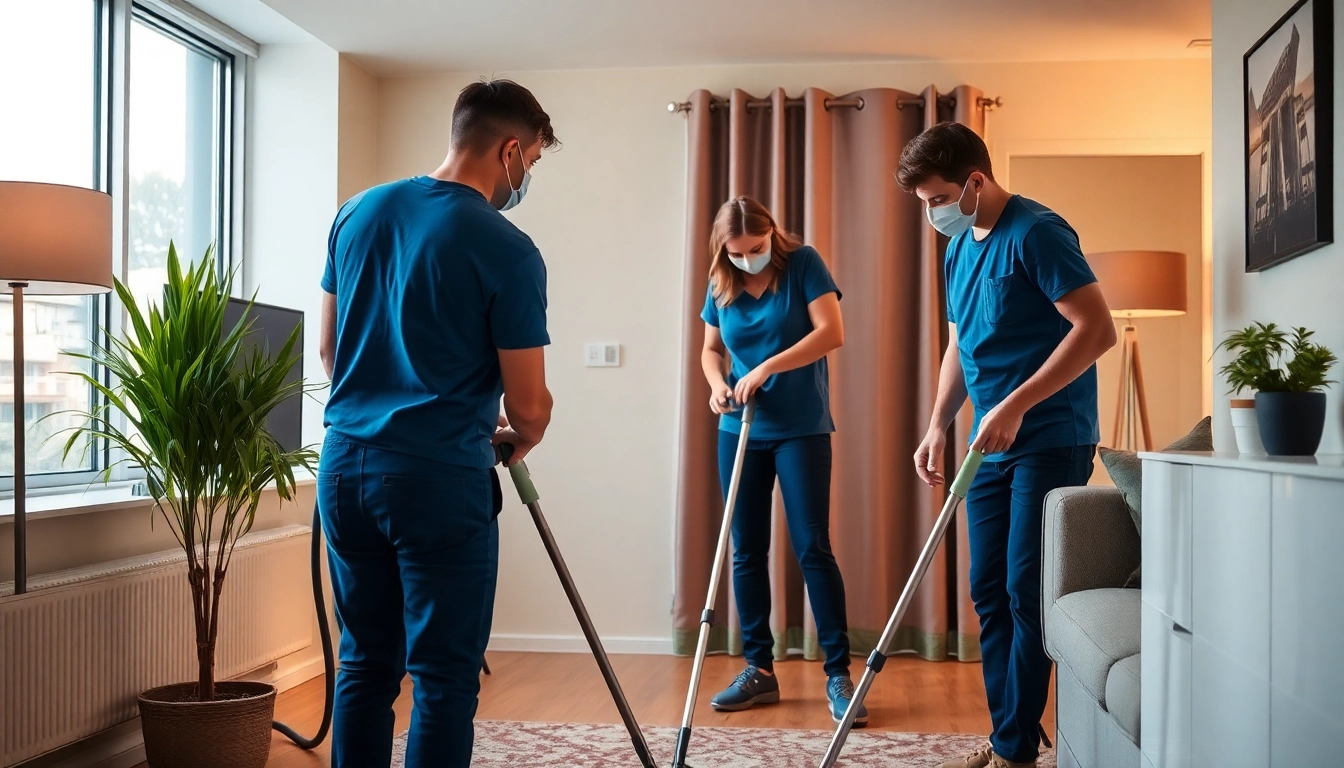Understanding Termite Reticulation Systems
What is a Termite Reticulation System?
A termite reticulation system is a sophisticated method designed to protect your home from termite infestations. Essentially, it consists of a network of underground pipes that are strategically installed around your property’s foundation. This system allows for the distribution of chemical treatments that create a protective barrier against termites, making it a vital defense mechanism for homeowners, especially in regions prone to these pests. The chemicals used in these systems can act as a long-lasting deterrent, significantly reducing the risk of termite damage.
How Does It Work?
The functioning of a termite reticulation system is straightforward yet effective. When installed, the system’s pipes are connected to an external tank that contains the termite pest control solution. Upon activation, these pipes distribute the chemical evenly around the perimeter of the home. The process can be likened to a sprinkler system; however, instead of watering plants, it applies termite-inhibiting solutions directly into the soil surrounding your home. This method ensures that the treatment reaches all necessary areas, providing consistent protection against termite incursions.
Benefits of Installing a Reticulation System
The advantages of a termite reticulation system are multifaceted. Primarily, they offer substantial savings on long-term pest control costs by effectively preventing infestations rather than reacting to them. Here are a few key benefits:
- Continuous Protection: With proper refills and maintenance, these systems provide an ongoing defense against termites.
- Less Disruption: Unlike traditional treatments that may require extensive drilling and soil disturbance, reticulation systems are less invasive and can often be refilled without needing significant excavation work.
- Chemical Efficiency: The delivery of chemicals is targeted, ensuring effective use and minimizing the environmental impact.
- Convenience: Homeowners can schedule regular refills, making it a convenient option for ongoing pest management.
When to Refill Your Termite Reticulation System
Signs That a Refill is Necessary
Recognizing when to refill your termite reticulation system is crucial for maintaining its effectiveness. Some common signs include:
- Decreased Efficacy: If you notice an increase in termite activity or signs of infestation, it may indicate that your protective barrier has weakened.
- Foul Odors: A change in smell near the system’s access points can signal chemical breakdown or leakage.
- Visual Inspection: Visible signs of damage around the system or active termite tunnels near your home should prompt an immediate inspection.
Recommended Refill Schedule
Most professionals recommend that homeowners refill their termite reticulation systems every three to five years. This timeframe can vary based on factors such as local termite activity and the types of chemicals used in the system. For instance, certain treatments may have a longer lifespan than others, affecting how often a homeowner will need to schedule a refill. Monitoring your system and consulting with pest control professionals can provide valuable insights tailored to your specific situation.
Factors Influencing Refill Timing
Several factors can influence when it’s best to refill your termite reticulation system:
- Environmental Conditions: Areas with high moisture levels or favorable conditions for termite activity may require more frequent refills.
- Type of Chemicals: Different chemical treatments have varying durations of effectiveness. Consult your pest control service to understand what applies to your setup.
- Home Structure Age: Older homes may have a greater risk of infestation, necessitating more regular maintenance practices.
The Refilling Process Explained
Step-by-Step Guide to Refilling
The process of refilling a termite reticulation system is straightforward but should ideally be performed by trained professionals. Here’s a general overview:
- Inspection: Inspect the system for any visible damage or necessary repairs.
- Preparation: Gather required tools and the appropriate chemical treatment for the refill.
- Access Points: Locate the access points to the reticulation system. These are typically marked and should be easily accessible.
- Fill: Using specialized equipment, inject the new chemical into the system. This should be done slowly to ensure even distribution.
- Testing: After refilling, run the system briefly to check for leaks or inadequate delivery.
- Final Inspection: Conduct a final inspection to ensure that everything is functioning correctly and secure the access points.
Tools and Equipment Needed
To refill a termite reticulation system effectively, several tools and pieces of equipment are needed:
- Injectors: These are specialized tools designed to administer the chemical into the reticulation lines.
- Protective Gear: Gloves, masks, and goggles to protect against chemical exposure are essential.
- Chemical Treatment: Ensure that you have the correct product suited for your specific system.
- Inspection Tools: Items such as screwdrivers and gauges to check for leaks and functionality.
Professional vs. DIY Refilling
Deciding whether to handle refills yourself or hire a professional can be challenging. Here are some pros and cons of each approach:
- Professional Refilling:
- Expertise in chemical application ensures optimal safety and efficacy.
- Access to high-quality chemicals that may not be available to the public.
- Professional inspections can identify other potential issues with your system.
- DIY Refilling:
- Cost savings on labor may appeal to some homeowners.
- More control over scheduling and maintenance.
- However, without the right experience, the homeowner may endanger their property with improper application.
Cost Considerations for Refilling Termite Reticulation Systems
Average Costs of Refills
The cost of refilling a termite reticulation system can vary widely based on several factors, including geographical location, extent of the system, and the type of chemicals used. On average, homeowners may expect to pay anywhere from $200 to $600 for a refill, which may include inspection fees, testing, and the refill itself. It’s advisable to obtain quotes from multiple pest control companies to ensure you receive the best value for base services.
Factors Affecting Refill Costs
Several elements can influence the cost of refills for termite reticulation systems:
- System Size: Larger properties with expansive systems typically incur higher costs.
- Chemical Type: Some premium chemicals are more expensive but might last longer or offer better protection.
- Service Providers: Pricing varies between different pest control companies based on reputation, location, and expertise.
Cost-Saving Tips for Homeowners
Homeowners looking to manage costs while maintaining their termite protection can consider several strategies:
- Regular Maintenance: Keeping a consistent maintenance schedule can extend the lifespan of your system and reduce refill frequency.
- Bundle Services: Many pest control companies offer package deals for annual inspections and refills, which can save you money overall.
- Research Chemicals: Investigate chemical options and discuss with professionals to find the most cost-effective yet efficient solutions for your situation.
Maintaining Your Termite Reticulation System
Routine Maintenance Practices
Consistent maintenance is key to ensuring your termite reticulation system functions effectively over its lifespan. Below are recommended practices:
- Annual Inspections: Schedule inspections with a pest control technician to assess the system’s health and functionality.
- Check Access Points: Ensure access points remain secure and free from obstruction.
- Soil Condition Monitoring: Keep an eye on soil conditions around your foundations, as excessive moisture can compromise your chemical barrier.
Common Issues and Troubleshooting
Even the best-maintained systems can face issues. Here are a few common problems and solutions:
- Blocked Pipes: If pipe blockages occur, seek professional help to clear them and assess possible damage to the system.
- Chemical Leaks: If you detect chemical odors, inspect for leaks and have them repaired immediately to maintain protection.
- Termination of Treatment: If you notice an infestation even after recent maintenance, it may signal the need for a chemical refill sooner than the standard timeline.
Long-term Care for Effective Protection
Proper long-term care can significantly enhance the longevity and effectiveness of your termite reticulation system. Consider the following tips:
- Education: Learn about termite behavior and possible entry points to minimize risks.
- Landscape Management: Keep landscaping away from the foundation and use non-wood materials when possible.
- Consistent Communication: Maintain an open line with your pest control specialists to stay informed about new treatments or technologies that can enhance your system’s performance.
In conclusion, termite reticulation system refills stand as a cornerstone in the ongoing battle against termite infestations. By understanding how they work, recognizing when they require refilling, and investing in sound maintenance practices, homeowners can safeguard their investments and maintain peace of mind against these destructive pests.



